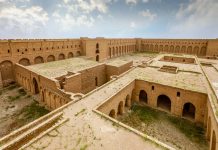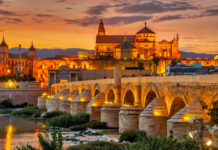The Parthenon, Athens, Greece

The Parthenon, built on the Acropolis in Athens, Greece, is an iconic masterpiece of neoclassical architecture, often regarded as the epitome of this style. Constructed in the 5th century BC, it exhibits the classical elements of Doric columns, pediments, and entablatures. The temple is dedicated to the Greek goddess Athena and represents the pinnacle of ancient Greek architecture, inspiring countless neoclassical structures across the globe.
The United States Capitol, Washington, D.C., USA
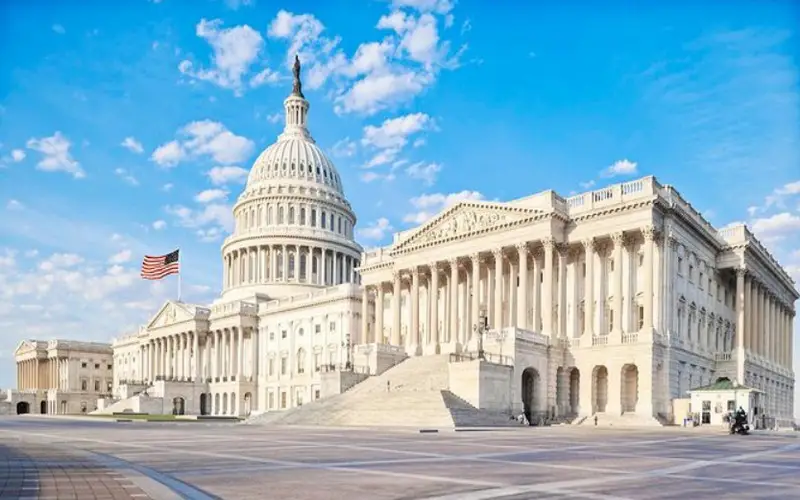
The United States Capitol in Washington, D.C. is a symbol of American democracy and neoclassical grandeur. Designed by William Thornton and later expanded by Benjamin Latrobe and Charles Bulfinch, this monumental structure features a stunning dome and classical porticos. The building’s neoclassical design reflects the nation’s aspiration for a government rooted in the ideals of the ancient world.
The Panthéon, Paris, France
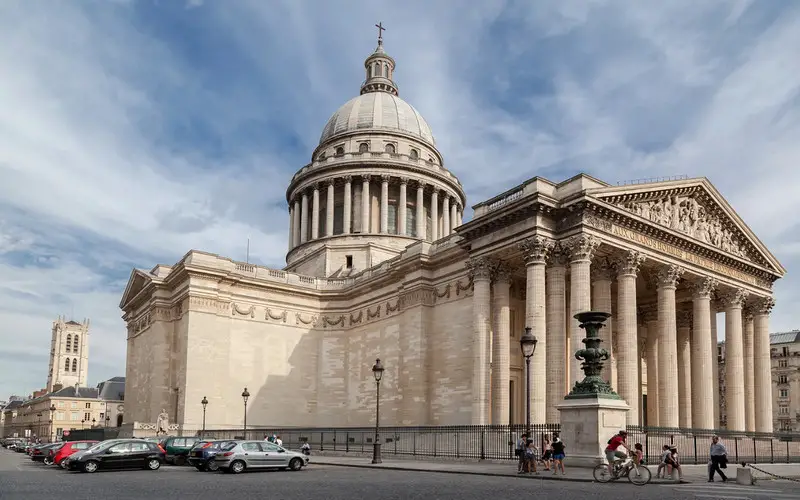
Located in the Latin Quarter of Paris, the Panthéon is a neoclassical gem with a storied history. Originally constructed as a church, it now serves as a mausoleum containing the remains of distinguished French figures. Architect Jacques-Germain Soufflot designed the building, combining classical elements such as Corinthian columns and a stunning dome with French innovation, creating an architectural masterpiece.
The British Museum, London, UK
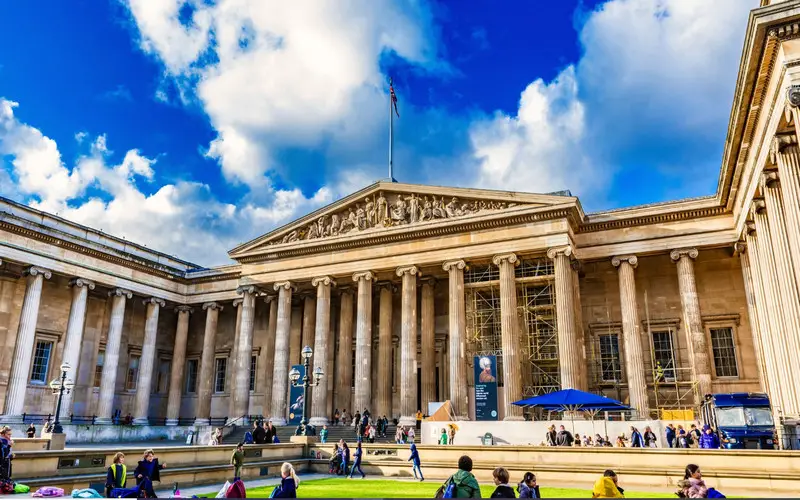
The British Museum, situated in London, is not only a treasure trove of world history and culture but also a neoclassical marvel. Designed by Sir Robert Smirke, the museum features a façade adorned with Ionic columns and pediments, reflecting the influence of classical Greek architecture. The British Museum’s neoclassical design sets the stage for its vast collection of priceless artifacts.
The White House, Washington, D.C., USA

The White House is an enduring symbol of American democracy and neoclassical elegance. Designed by James Hoban, the building’s neoclassical features include a stately portico with Ionic columns and a striking central dome. As the official residence of the President of the United States, the White House embodies the nation’s commitment to classical ideals.
The Royal Crescent, Bath, UK
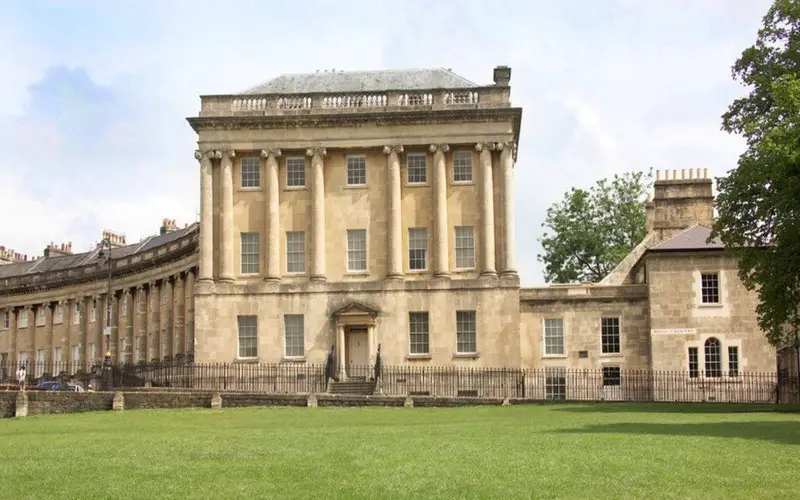
The Royal Crescent in Bath, United Kingdom, is a prime example of neoclassical architecture in residential design. Designed by John Wood the Younger in the late 18th century, the Royal Crescent is a semicircular row of 30 Georgian townhouses, with an elegant uniform façade featuring Corinthian columns, ornate friezes, and classical embellishments. It stands as a testament to the aesthetic grace of the neoclassical style.
The National Gallery, London, UK
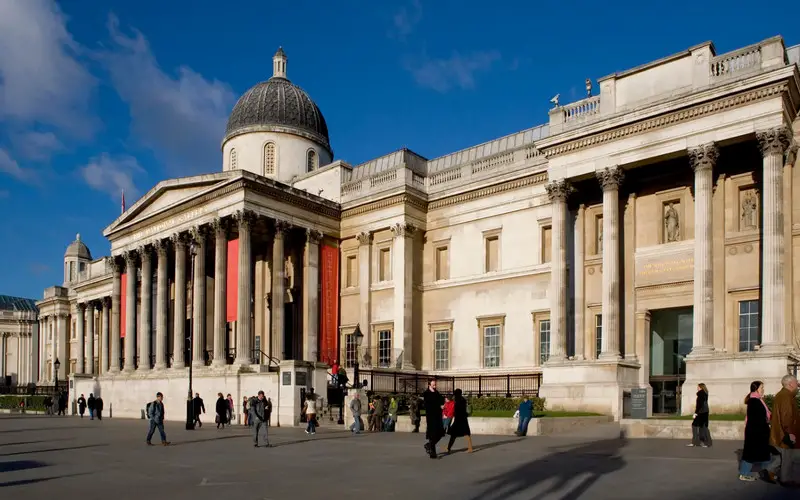
The National Gallery in London, designed by William Wilkins and opened in 1838, is an architectural jewel nestled in Trafalgar Square. Its façade showcases a neoclassical triumph, adorned with impressive Ionic columns and a magnificent central portico. The museum, home to an extensive collection of European masterpieces, exemplifies the neoclassical influence on cultural institutions.






